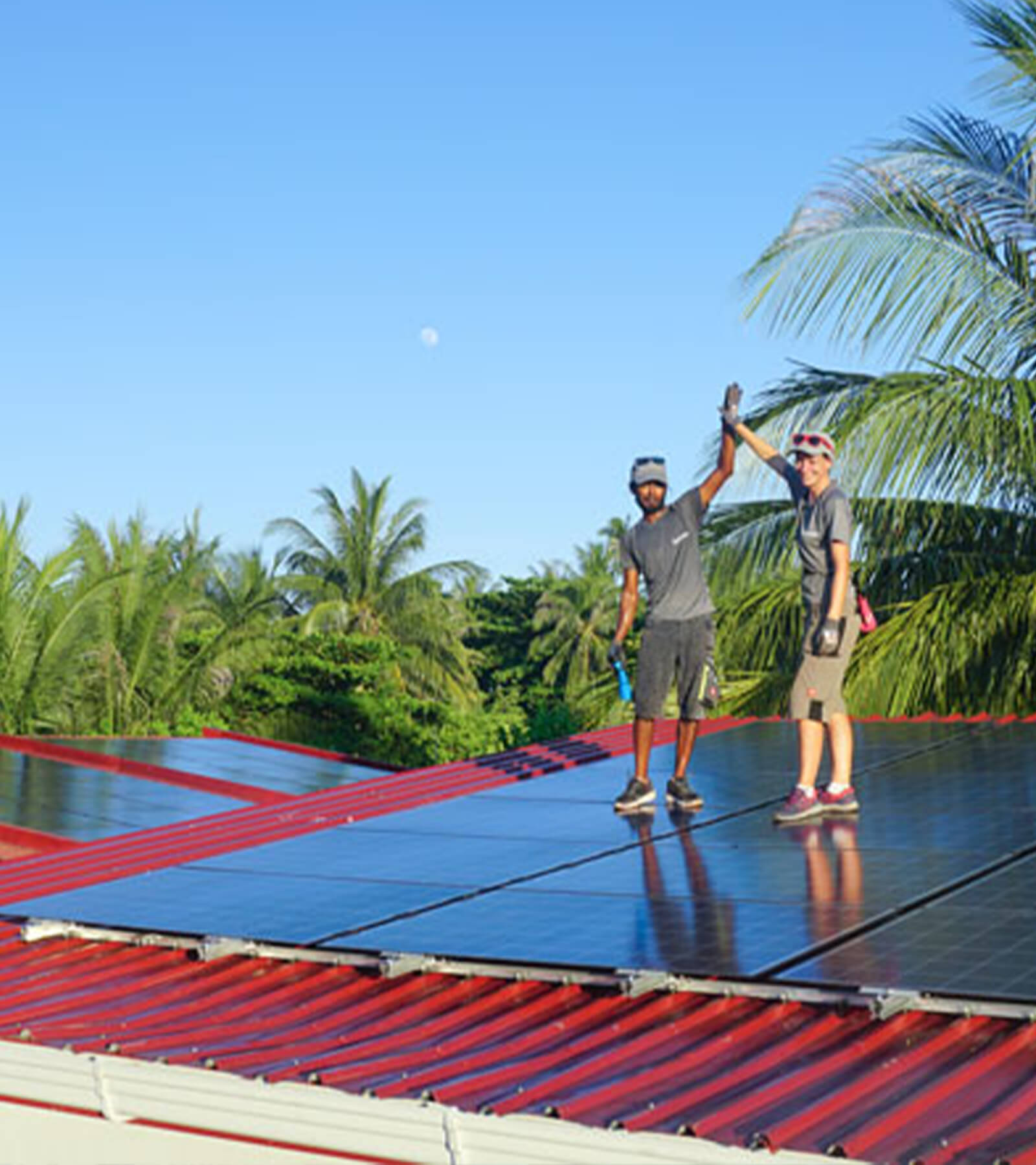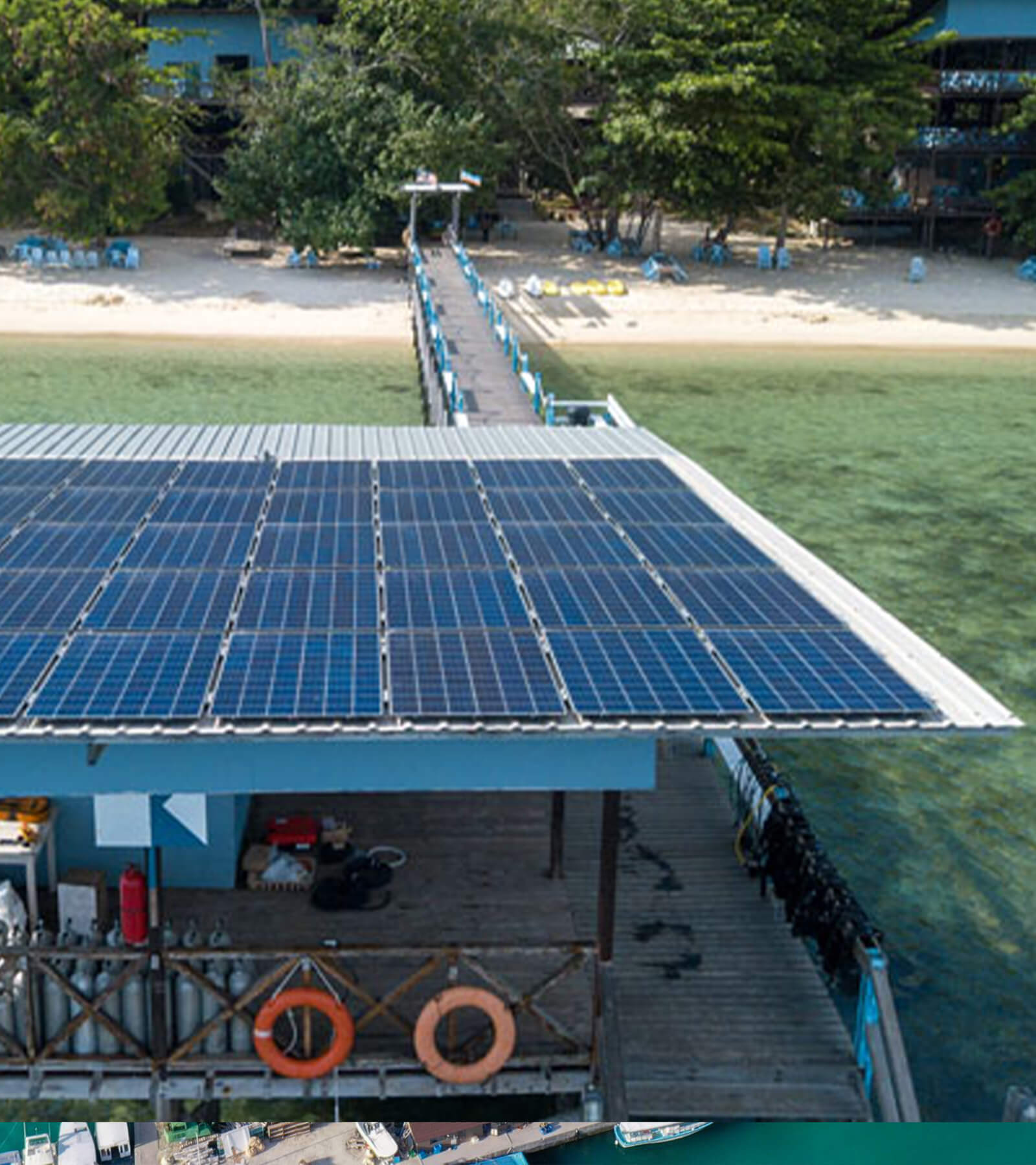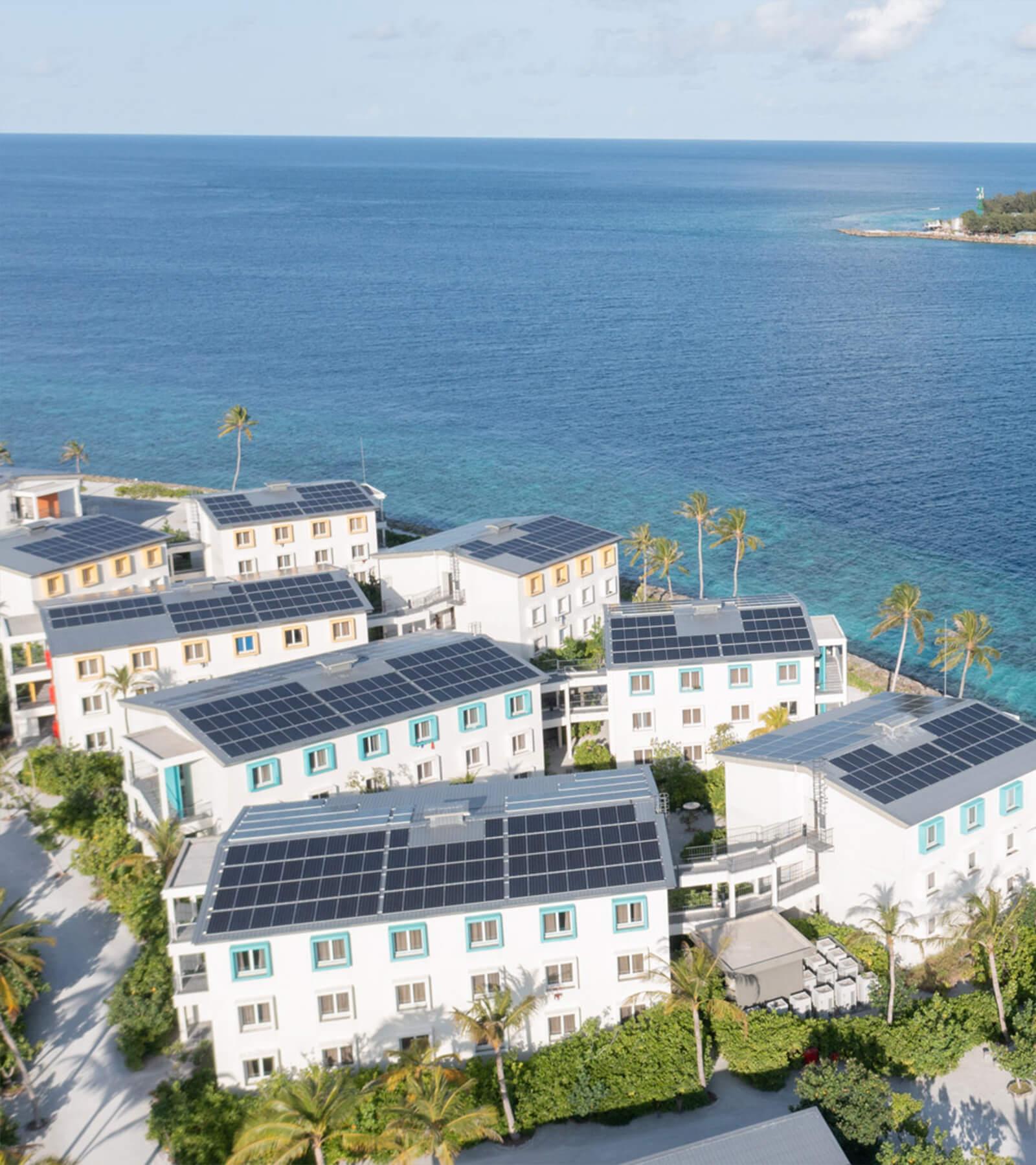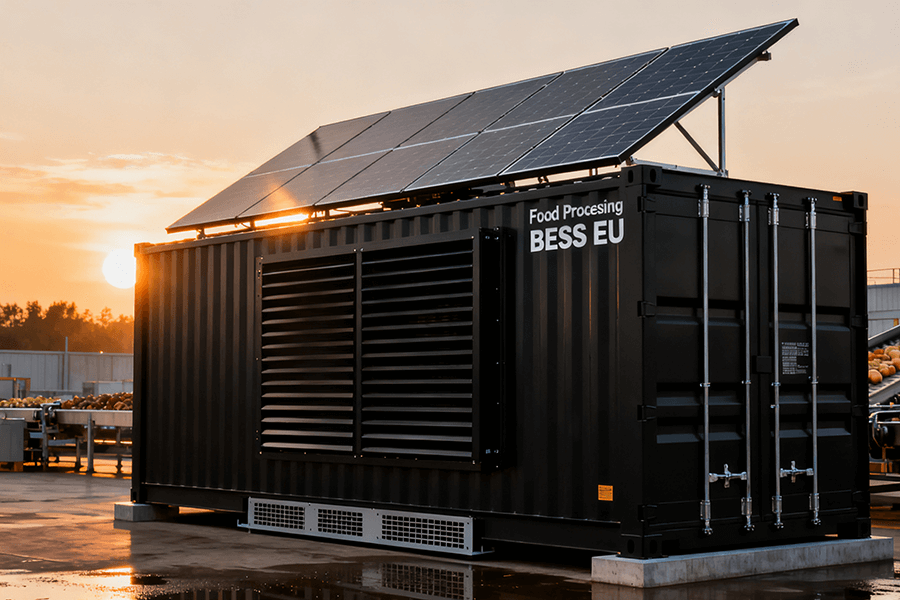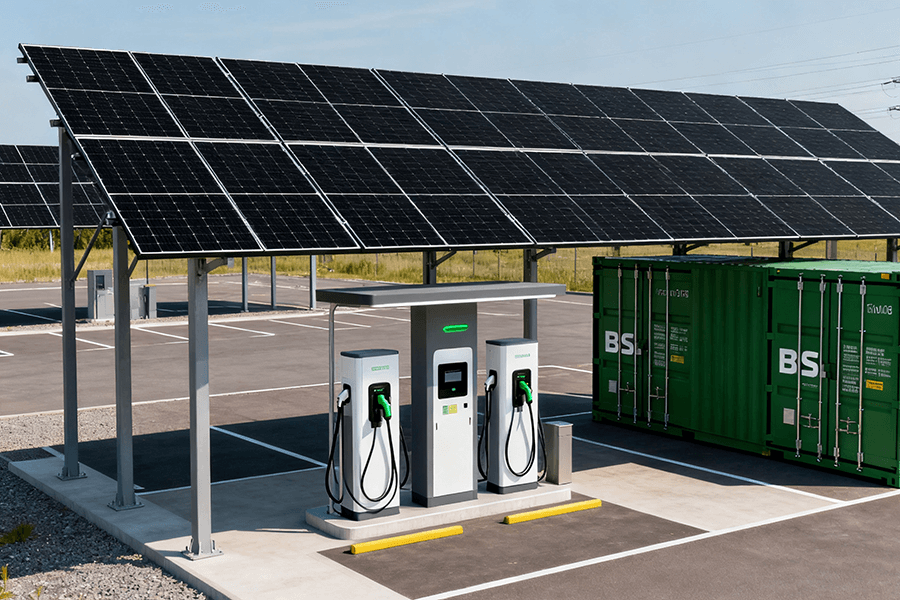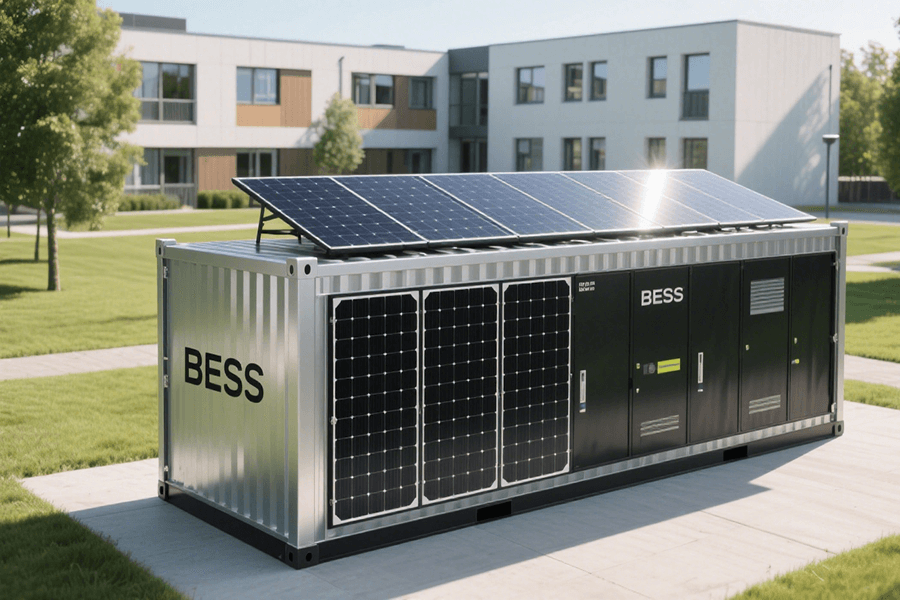
The 2025 Green Deadline—No More Procrastination!
Let’s cut to the chase: EU universities aren’t just here to grade papers—they’re now graded on sustainability. The University Sustainability Charter has set a non-negotiable target: by 2025, 30% of all campus facility energy must come from renewables. For student housing—where energy use spikes like a student’s caffeine intake during exam week—this mandate isn’t just a “nice-to-have”; it’s a “must-deliver.”
The stakes are high. Universities failing to meet the 2025 targets face more than just reputational damage; they risk losing access to EU research grants, facing public scrutiny, and incurring financial penalties. With student housing typically accounting for 15-20% of a campus’s total energy consumption, finding innovative solutions is crucial.
Enter BESS Containers (Battery Energy Storage Systems)—the unsung heroes of dorm sustainability. Here’s why they matter:
How BESS Containers Solve the Energy Equation
- Daytime Energy Surplus Management
-
- Rooftop solar panels generate plenty of power during the day, especially on sunny days. However, student activity patterns mean that energy demand is relatively low during daylight hours. Students are in classes, libraries, or outside, and air conditioning usage is minimal compared to evenings.
- Peak Hour Power Release
-
- BESS Containers store the excess solar energy produced during the day. As evening approaches and students return to their dorms, energy consumption skyrockets. Between 7–10 PM, dorms transform into bustling hubs of activity, with lights, computers, gaming consoles, and air conditioners running simultaneously. This is when the stored energy in BESS Containers is released, powering the dorms efficiently without relying on the grid.
- Avoiding Renewable Target Misses
-
- Without BESS, universities face significant challenges. They either fall short of the 30% renewable energy target or end up overpaying for grid electricity to cover the energy gaps during peak demand. Grid electricity often comes from non-renewable sources, which goes against the spirit of the sustainability mandate.
In short: BESS is the dorm’s “energy buffer buddy.” It ensures consistent power supply during peak hours, eliminates late-night power shortages, and helps universities meet their sustainability targets. By integrating BESS Containers with rooftop solar, EU universities can turn their student housing into models of sustainable energy management, setting a precedent for other educational institutions worldwide.
Modular Sizing & Smart Meters: The Dynamic Duo
Not all dorms are created equal—neither should their energy storage be. BESS Containers’ innovative modular design and intelligent smart meter integration are purpose-built to address two critical challenges: customizing energy storage capacity to match the unique requirements of each dormitory, and fostering a culture of responsible energy consumption among students through gentle yet effective means.
Modular Sizing: Pick Your Perfect BESS “Roommate”
BESS units are available in a diverse range of sizes, ensuring seamless scalability that aligns precisely with the population of any dormitory. This approach eliminates the common pitfalls of overbuying, which leads to unnecessary capital expenditure, and underperforming systems that fail to meet energy demands. Drawing on comprehensive data from the European Association for Storage of Energy (EASE), the following table provides a detailed mapping of dorm bed counts to ideal BESS capacities, tailored to various dormitory configurations:
| Dorm Size (Beds) | Recommended BESS Capacity (kWh) | Daily Energy Demand (Avg.) | Ideal For |
|---|---|---|---|
| 100 | 50 | 80–100 kWh | Small halls (e.g., 20–25 apartments) |
| 200 | 75 | 150–180 kWh | Mid-sized dorms (shared kitchens/bathrooms) |
| 300 | 120 | 220–250 kWh | Large residence halls |
| 400 | 160 | 300–330 kWh | Campus villages |
| 500 | 200 | 380–420 kWh | Mega-dorms (e.g., urban university complexes) |
Why this modular approach excels: Just as a student wouldn’t purchase a large mini-fridge for a single snack, a 100-bed dormitory doesn’t require a 200 kWh BESS. The modularity of BESS Containers empowers universities to optimize their investments, resulting in 10–15% savings on upfront costs by precisely matching storage capacity to actual demand. This not only enhances financial efficiency but also contributes to a more sustainable use of resources.
Smart Meters: The “Energy Coach” Students Didn’t Know They Needed
Smart meters are far more than mere technological devices; they are powerful catalysts for behavioral change. When installed in dormitories, these intelligent meters provide real-time tracking of energy consumption, shedding light on often overlooked usage patterns. For instance, they reveal the cumulative impact of leaving mini-fridges running continuously or devices on standby mode.
Insights from in-depth studies conducted by the European Energy Research Alliance (EERA) offer valuable perspectives on dormitory energy dynamics:
- Peak usage patterns: The hours between 7–10 PM emerge as the peak consumption period, as students simultaneously engage in activities such as charging laptops, preparing meals, and cooling their rooms.
- Major sources of waste: Idle electronics contribute to a staggering 20% of dorm energy use, while overcooling accounts for an additional 15%. These figures highlight significant opportunities for conservation.
- The impact of transparency and incentives: When universities share detailed smart meter data with students, providing insights such as “Your hall used 25% more energy than last week!” and introduce incentives like gift cards for the lowest-consuming floors, overall energy consumption drops by 15%. This demonstrates the effectiveness of informed decision-making and positive reinforcement in promoting sustainable behavior.
The synergy between BESS Containers and smart meters is truly remarkable. Smart meters act as vigilant guardians, identifying and reducing energy waste, while BESS systems ensure that the remaining energy demand is met through clean, renewable solar power. Together, they create a holistic energy management solution that functions much like a personalized fitness and nutrition plan—optimizing performance while minimizing environmental impact.
Compliance & Student Buy-In: Win-Win for Universities
Sustainability isn’t just about hitting targets—it’s about getting everyone on board. BESS Containers check both boxes: they keep universities compliant with EU rules and make students proud of their campus.
EMAS Compliance: The EU’s “Green Seal of Approval”
The Eco-Management and Audit Scheme (EMAS) stands as the EU’s most stringent environmental standard for organizations. To achieve the coveted EMAS certification, universities must adhere to a comprehensive set of requirements:
- Carbon Footprint Management: Measure, analyze, and implement strategies to systematically reduce their carbon emissions, tracking progress over time.
- Transparent Reporting: Publish annual sustainability reports that detail environmental performance, goals, and initiatives, ensuring accountability to stakeholders.
- Stakeholder Engagement: Actively involve students, faculty, staff, and local communities in green initiatives, fostering a culture of environmental stewardship.
BESS Containers emerge as a pivotal solution for EMAS compliance, offering multiple advantages:
- Emissions Reduction: By significantly reducing grid electricity consumption, BESS Containers effectively lower Scope 2 emissions, which stem from purchased energy. This directly aligns with EMAS’s stringent emissions reduction criteria.
- Renewable Energy Integration: Seamlessly integrating with solar power systems, BESS Containers boost the share of renewable energy in a university’s energy mix. This enhancement is crucial during EMAS audits, where a high proportion of renewable energy usage is highly regarded.
- Real-World Success Story: The University of Copenhagen serves as a prime example. In 2024, the university installed 150 kWh BESS units in three dormitories. This investment resulted in a remarkable 28% drop in Scope 2 emissions, enabling the university to retain its prestigious EMAS certification.
Pro tip: EMAS certification isn’t merely a symbolic achievement—it’s a powerful differentiator. It enhances a university’s reputation, making it more appealing to eco-conscious students and attracting environmentally-minded donors, thereby providing a competitive edge in the educational landscape.
Student-Led Initiatives: From “Zero-Carbon” Pledges to Action
Today’s students aren’t just passive learners—they’re passionate activists driving the sustainability movement forward. A 2024 survey conducted by the European Students’ Union (ESU) revealed a compelling statistic: 78% of EU students prioritize sustainability when choosing a university. As a result, student-led campaigns advocating for “Zero-Carbon Campuses” have transitioned from ambitious goals to expected norms.
BESS Containers bridge the gap between sustainability pledges and tangible action. Consider the University of Amsterdam (UvA), where student activism led to transformative change:
- Student Advocacy: In 2023, UvA students rallied together, petitioning the university administration for solar-powered dormitories. Their collective voice underscored the importance of sustainable living on campus.
- Implementation: Responding to student demands, UvA installed 100 kWh BESS units in two dormitories, complemented by rooftop solar panels. This strategic integration of energy storage and renewable generation infrastructure laid the foundation for a greener campus.
- Impressive Results: The impact was immediate and significant. The dormitories now source 42% of their energy from renewable sources, surpassing the university’s 2025 sustainability target. Inspired by this success, students launched the “Green Dorm Challenge,” aiming to replicate the model across other residential buildings and foster a campus-wide culture of sustainability.
BESS Containers resonate deeply with students because they offer a tangible connection to sustainability. With solar panels visible on rooftops and the knowledge that their energy consumption is powered by the sun, students feel an active part of the solution. It transcends the realm of a typical “university project,” empowering students to make a meaningful contribution to the global sustainability effort.
The Bottom Line: ROI & EU Grants
Let’s talk money—universities care about it, and BESS delivers. Between energy savings and EU grants, BESS Containers aren’t just green—they’re profitable.
ROI: 4 Years to Break Even
The average cost of a BESS Container for dorms is €150–€200 per kWh (EASE, 2024). Let’s illustrate the financial viability with a detailed case study for a 200-bed dormitory, which typically requires a 75 kWh BESS:
| Cost Element | Calculation | Amount |
|---|---|---|
| Upfront cost | 75 kWh x €160/kWh | €12,000 |
| Annual energy savings | Avoiding grid electricity at €0.25/kWh (2025 EU average), assuming 12,000 kWh annual consumption | €3,000 |
| Break-even period | €12,000 ÷ €3,000/year | 4 years |
Once the break-even point is reached, the BESS becomes a significant asset, generating annual savings of over €3,000 for the university. Considering a typical 10-year lifespan of a BESS, each dormitory can expect €18,000 in net savings after recouping the initial investment. This financial benefit is compounded across multiple dorms, making BESS installations a strategic long-term investment.
Erasmus+ Green Campus Grants: Free Money for Green Dorms
The EU’s Erasmus+ Green Campus Grants present an exceptional opportunity for universities to fund sustainability initiatives, including Battery Energy Storage System (BESS) installations. These grants, which range from €50,000 to €200,000 per institution, can cover up to 70% of BESS project costs, significantly reducing the financial burden on universities.
Eligibility Criteria
To qualify for the Erasmus+ Green Campus Grants, universities must meet the following requirements:
- Alignment with Sustainability Goals: Demonstrate that the BESS project aligns with the principles outlined in the University Sustainability Charter, emphasizing environmental stewardship and energy efficiency.
- Student-Centric Benefits: Outline how the BESS installation will directly benefit students, such as through reduced energy costs for dormitories, enhanced access to renewable energy, or educational opportunities related to sustainable technology.
- Timely Application: Submit a comprehensive yet straightforward application by the deadline of October 2025 for the 2026 funding cycle.
Success Story: University of Lisbon
In 2024, the University of Lisbon leveraged a €120,000 Erasmus+ grant to install BESS in four of its dormitories. This strategic use of funding reduced the university’s upfront investment by 65%, enabling a faster return on investment and setting a precedent for other institutions seeking to adopt sustainable energy solutions.
By combining the financial advantages of energy savings with the availability of EU grants, BESS Containers emerge as a financially sound and environmentally responsible choice for universities aiming to meet their 2025 ESG mandates.
Maxbo Solar: Your BESS Partner for EU Student Housing
At Maxbo Solar (www.maxbo-solar.com), we’re not just a supplier of Battery Energy Storage System (BESS) Containers—we’re innovators dedicated to revolutionizing dormitory sustainability. Here’s a detailed look at why we’re the trusted partner for EU universities aiming to meet their 2025 ESG mandates:
EU-Tailored Design: Precision Engineering for European Dorms
Our BESS units, available in capacities ranging from 50 to 200 kWh, are meticulously crafted to align with the unique energy demands of European student housing. Pre-certified for the Eco-Management and Audit Scheme (EMAS), these systems seamlessly integrate into existing infrastructure, ensuring compliance with stringent EU environmental standards. Whether you’re managing a small residential hall or a large dormitory complex, our scalable solutions can be customized to optimize energy efficiency and reduce carbon emissions.
Smart Integration: Empowering Students, Optimizing Consumption
We believe in making sustainability accessible and engaging for everyone. That’s why our BESS systems are paired with intuitive smart meters and student-facing dashboards, providing real-time insights into energy usage. Through gamification features and personalized energy-saving tips, students are empowered to take an active role in reducing consumption. Our data-driven approach has helped partner institutions achieve an average 15% reduction in energy usage, translating to significant cost savings and a smaller environmental footprint.
Grant Support: Unlocking Funding Opportunities
Navigating the complex world of grant applications can be daunting. That’s where we come in. Our experienced team specializes in assisting universities with Erasmus+ grant applications, leveraging our in-depth knowledge of funding criteria and requirements. To date, we’ve successfully supported 12 EU universities in securing over €1.5 million in funding, enabling them to implement sustainable energy solutions without breaking the bank. From application preparation to project management, we’re with you every step of the way.
24/7 Support: Peace of Mind, Anytime
We understand that student housing operates around the clock, and so does our commitment to your success. Our dedicated technical support team is available 24/7 to address any issues or concerns, ensuring minimal disruption to your operations. Whether it’s a software glitch, a hardware malfunction, or a simple question, our experts are just a phone call or email away. With Maxbo Solar, you can rest assured that your BESS system is in good hands.
Proven Track Record: Partnering for Success
Our portfolio speaks for itself. We’ve had the privilege of working with esteemed institutions like the University of Berlin and Trinity College Dublin, helping them achieve their sustainability goals and exceed their 2025 targets. Through collaborative partnerships, we’ve implemented innovative solutions that not only reduce energy costs but also enhance the overall living experience for students.
Ready to take the first step towards a more sustainable future for your university? Visit www.maxbo-solar.com today to request a free, no-obligation dorm energy assessment. Our team of experts will provide you with clear, actionable insights and a customized plan to meet your specific needs. Let’s work together to power the dorms of tomorrow, today.
–
Final Thought
The 2025 EU sustainability mandate isn’t a punishment—it’s an opportunity. BESS Containers let universities power dorms with solar, keep students happy, save money, and win grants. It’s like acing an exam without pulling an all-nighter—everyone wins.
Ready to join the green dorm revolution? Let’s get started.

